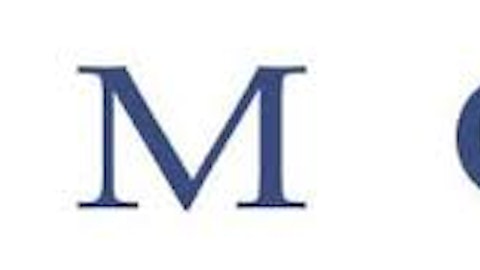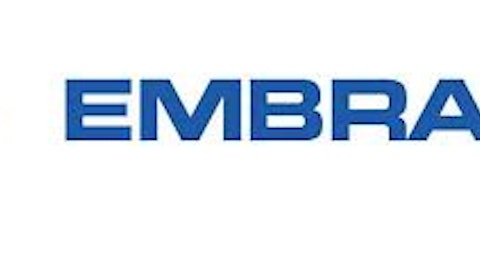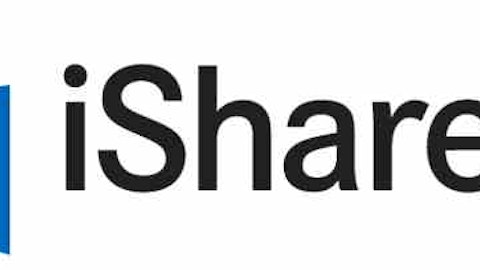Brazil Charles Dickens once wrote about tales of two cities, but the varying performances of Brazil large-cap ETFs, such as EWZ, and small-cap funds, such as BRF and EWZS, paint a picture of two Brazils. Several issues explain the chasm between Brazilian large- and small-caps in 2012.
First, global investors spent much of 2012 fretting about an economic slowdown in China, Brazil’s top trading partner. Predictably, that hampered shares of Brazilian energy and materials names. Those sectors combine for over 36 percent of EWZ’s weight, but only receive token allocations in BRF and EWZS.
Second, Brazil’s efforts to stimulate the domestic economy through infrastructure programs have largely passed over large-caps. However, various government stimulus efforts, whether it be consumption taxes or the aforementioned infrastructure largess, have boosted Brazil’s small-caps.
Third, despite interest rates on consumer credit that would be considered absurdly high in the developed word, the Brazilian consumer is alive and kicking. A 31 percent gain for the Global X Funds (NYSEARCA:BRAQ) says as much. That has been good news for BRF and EWZS as well as those funds allocate 28 percent and 43 percent of their weights, respectively, to consumer-related shares.
Brazilian small-caps now face competing valuations views. In September, Brazil’s small-cap index touched a book value of 1.59, according to Bloomberg. That is frothy by historical standards. EWZS has a P/E ratio of 24.35 and a price-to-book ratio of 2.39, according to iShares data.
BRF trades at 18.13 times earnings and 1.44 times book value, Market Vectors data indicate. As measured by the iShares Russell 2000 Index (NYSEARCA:IWM), U.S. small-caps are more expensive. That ETF has a P/E ratio of 25.22 and a price-to-book ratio of 3.1.
China When Chinese ETFs are performing well, the Claymore/AlphaShares China Small Cap (NYSEARCA:HAO) usually outpaces the iShares FTSE China 25 Index Fund. On the way down, the opposite is true, but investors must acknowledge China ETFs have perked up over the past three months. Over that time, HAO has outperformed FXI by almost 500 basis points. Year-to-date, HAO’s advantage of FXI is nearly 600 basis points.
Clearly, a big risk to HAO’s potential upside in 2013 is the controversy that often surrounds Chinese small-caps. Fraudulent accounting, reverse mergers and myriad other unsavory acts have help Chinese small-caps become ensconced in controversy.
Regarding HAO, there is some good news. Many of worst offenders among controversial Chinese small-caps are found in the media, Internet, technology and alternative energy sectors. Those industry groups receive scant representation in HAO. Another advantage HAO offers is that it is home to 226 stocks, none of which accounts for more than 1.13 percent of the fund’s weight. That means if a Sino Forest-like debacle repeats itself with one of HAO’s holdings, the ETF is not likely to suffer significant losses.
HAO’s next advantage is exposure to the Chinese consumer through a combined allocation of 24 percent to discretionary and staples names. With China’s government working diligently to steer the world’s second-largest economy towards more domestic consumption, HAO is positioned to benefit if those efforts prove successful.
Then there is valuation. For what felt like an eternity, China bulls kept saying how cheap Chinese stocks were. The recent bounce indicates investors have finally bought into that thesis. As measured by HAO, Chinese small-caps are even cheaper.
HAO has a P/E ratio of 7.9 and a price-to-book ratio of just one, according to Guggenheim data. Not only does that mean the ETF is far less expensive than U.S. small-caps as tracked by IWM, but HAO is also less pricey than FXI. FXI trades at almost 12.9 times earnings with a price-to-book ratio of 1.61. All this is a long way of saying, yes, HAO can repeat its 2012 bullishness in 2013.
This article was originally written by The ETF Professor, and posted on Benzinga.





